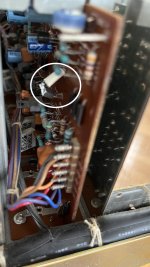That is the question.
I picked up a nice vintage amp in 1999 from a shop in Harrogate - 'cause we all knew the modern ones would stop working come the millennium 🙂
It's a tidy, clean TA-5650 (sn:601683), in OEM box and even has the wood side panels. I used it as my computer hifi through to about 2015 - never gave it a thought other than that it looked great, and sounded pretty good too.
It went into a cupboard in about '15 and it's now 2023 and I'm reading about suicide diodes and impossible to find JFETs and was going to plug it in but lost my nerve!
Given that it probably works fine, how can I be sure before I plug it in? Has it already been updated with new diodes, capacitors, etc. How can I tell? Can you all tell?
I've enclosed some photos in case there are some obvious tells, like the JFETs are a bit messy and HG-53 which looking around I'm wondering if it's a tell?
I really appreciate your experience, I can solder stuff and even own a hand-held oscilloscope but, I'm in a different pool here!
MPT

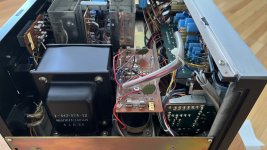
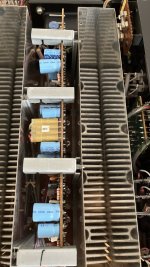
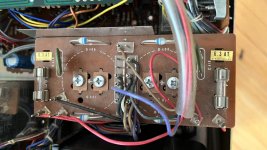
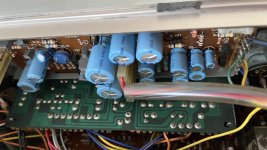
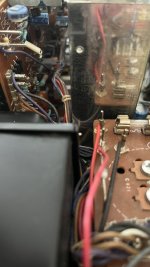
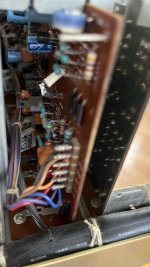
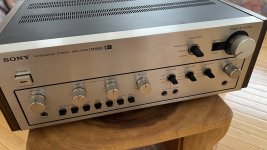
FYI: I can't register an account on HiFiEngine to get the manuals as I have the wrong everything.
I picked up a nice vintage amp in 1999 from a shop in Harrogate - 'cause we all knew the modern ones would stop working come the millennium 🙂
It's a tidy, clean TA-5650 (sn:601683), in OEM box and even has the wood side panels. I used it as my computer hifi through to about 2015 - never gave it a thought other than that it looked great, and sounded pretty good too.
It went into a cupboard in about '15 and it's now 2023 and I'm reading about suicide diodes and impossible to find JFETs and was going to plug it in but lost my nerve!
Given that it probably works fine, how can I be sure before I plug it in? Has it already been updated with new diodes, capacitors, etc. How can I tell? Can you all tell?
I've enclosed some photos in case there are some obvious tells, like the JFETs are a bit messy and HG-53 which looking around I'm wondering if it's a tell?
I really appreciate your experience, I can solder stuff and even own a hand-held oscilloscope but, I'm in a different pool here!
MPT








FYI: I can't register an account on HiFiEngine to get the manuals as I have the wrong everything.
